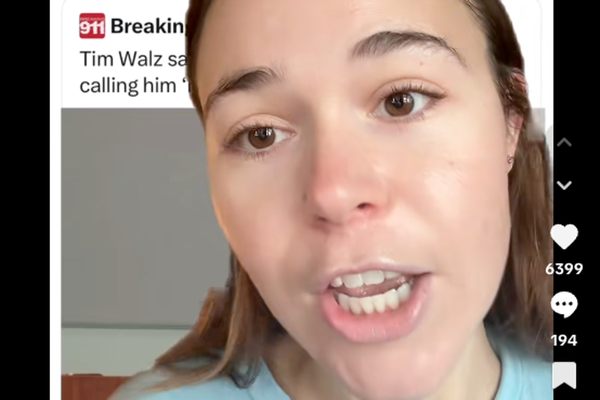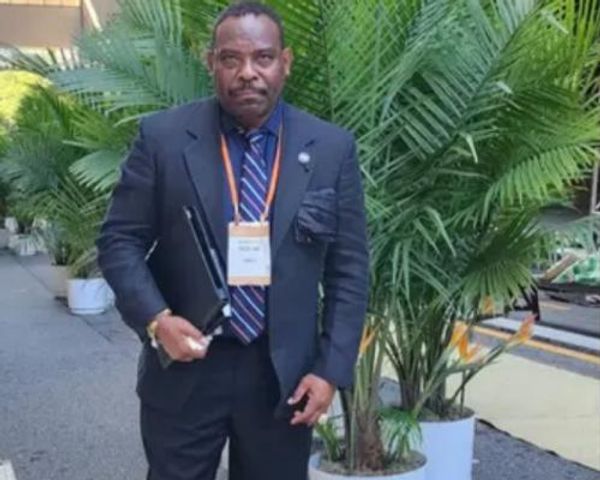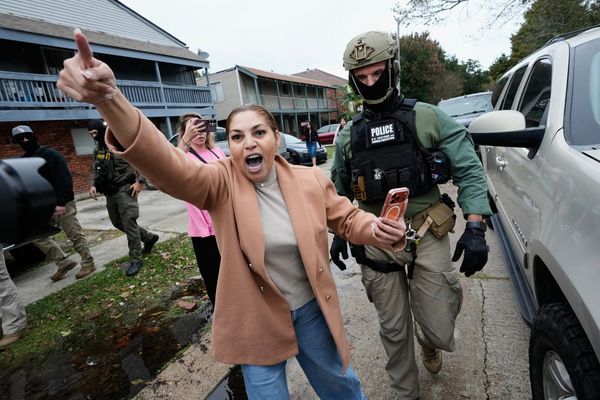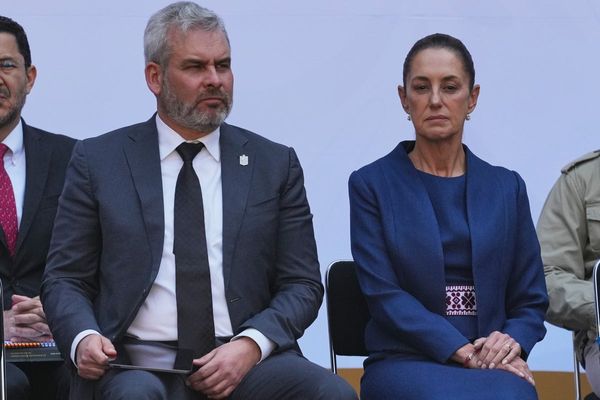
London is on edge today as far-right activist Tommy Robinson leads a rally through the heart of the capital, while anti-racism groups gather for counter-protests in Whitehall and Trafalgar Square.
Crowds are expected to number in the thousands, with police stepping up their presence amid fears of violent clashes between the two sides. The demonstrations have once again thrown a spotlight on Britain's simmering debates over free speech, hate speech and race relations.
For those living and working in central London, the impact is already being felt. Roads are blocked, public transport is disrupted, and many commuters have been urged to avoid the area as tensions rise.
Who Is Tommy Robinson?
Tommy Robinson, born Stephen Yaxley-Lennon, is a well-known far-right activist in the United Kingdom. He is the founder of the English Defence League, an organisation associated with anti-Islamic campaigns and nationalist views.
Robinson has a history of controversial statements on immigration and Islam and has faced multiple legal issues in the past. In recent years, he has focused on public rallies and online media activities that continue to attract both supporters and critics.
His presence at London Protest Day has drawn significant attention from media outlets and social commentators, raising concerns about potential unrest.
What Are the Protests About?
The main rally, organised by Tommy Robinson under the banner 'Unite the Kingdom', claims to support free speech. Participants are gathering to express opposition to what they describe as restrictions on public expression.
In response, Stand Up To Racism UK has organised counter-protests to highlight anti-racism and promote inclusivity. The protests reflect broader societal debates in the UK around the limits of free speech and the presence of far-right activism.
Authorities estimate that thousands will attend each demonstration, with speeches and marches scheduled throughout the afternoon. Observers note that both rallies are closely monitored due to the potential for clashes between opposing groups.
Where the Protests Are Happening
The demonstrations are focused in central London, including Whitehall, Trafalgar Square, and surrounding streets. These locations have been selected for their visibility and proximity to government buildings.
Significant travel disruptions are expected, including road closures and public transport delays. Commuters are advised to plan alternative routes and check live updates on transport networks.
The Metropolitan Police have deployed around 1,600 officers to maintain public order and ensure safety for both participants and residents. Authorities have also issued guidance to local communities and visitors to remain aware of the ongoing events and avoid areas of congestion where possible.
Public Reaction and Media Coverage
Public response to London Protest Day has been mixed. Supporters of Tommy Robinson frame the rally as a defence of free speech, while critics describe it as a platform for hate and division.
Concerns have also been raised by local residents about potential disruptions and the safety of nearby communities.
The counter-protests by Stand Up To Racism UK have received backing from anti-racism advocates and community groups.
Media coverage has been extensive, with major outlets reporting on crowd sizes, police preparedness, and potential clashes.
Several journalists on the ground have provided live updates and interviews, highlighting the intensity of the demonstrations.
Social media platforms have amplified the conversation, generating debates around race, identity, and freedom of expression in the United Kingdom.
Hashtags related to the protest have trended throughout the day, reflecting the heightened public interest and online engagement surrounding these events.







